But, for a few weeks prior to that, the Nubian buckling, Wimpy, was in the goat pen with the ladies. I saw Wimpy a lot and it appeared he was not interested yet in breeding. He showed no sign of rut, which is the hormonal time for male goats where they get themselves stinky for the girls by peeing on their faces and front legs. Gross, I know, but the hormones or pheromones do attract the does and get them cycling. Stinky male goats seem to do it for them. Anyhow, Wimpy was not like that. He was just his usual self, wimpy. I gave him that name because he was a quiet boy, not overly large for a Nubian and not very feisty either. I was not even sure he would make the winter because he was cold already in the fall when there was not even any snow yet. But he did. And he did something else.
He bred the does.
Yup, he did that. Nix was bred to the Nigerian Dwarf buck, Stevie Wonder, but Nix never stayed in the fence and one day Stevie got over there. Unfortunately, Nix lost her little girl because she chewed her umbilical cord entirely off and the baby bled and fell asleep forever. So sad.
But the other goats were beginning to develop udders much too large for being due in 3 weeks. And there were other signs too, that made me think something was off. Then yesterday, Christina had a baby and it had long floppy ears and long legs. Well, I'll be. He is Nubian sired. Wimpy is a daddy! Then today two more does had their kids and both are Nubian sired, or course, because Stevie did not even get in the pen early enough for the girls to birth now. So, those goats that are giving birth this and next week and possibly the week after will all be Nubian sired.
The cross, Nubian and Nigerian Dwarf, is called a mini Nubian. This is a first generation and several breedings will be necessary to actually call the goats mini Nubians, however; even this F1 first generation cross are indeed Nubian/Nigerian. Both Nubians and Nigerians are milk goats, but Nubians are not hardy here, while the little Nigerians are real troopers. They impart their strength to the Nubians and since both are excellent milk producers, the smaller mini Nubians, do produce copious quantities of milk too. I have two mini Nubians, blue eyed at that, from a different breeder. Normally, the Nigerian Dwarf buck covers the Nubian females, but since Wimpy was small for a Nubian, I did it the other way. The babies are larger than the Nigerian Dwarf kids, but not too large thus far to be problematic. It has resulted in singles so far, which is fine. That will be singles with the exception of Daphne who is so big she is having trouble walking. She usually has quads and I am worried about her carrying four larger babies than normal. She is a very good mother and births without complications, cleans her kids and has them all up nursing in no time. She can support all four, but I have been removing two in the past couple of years as she is getting a little older.
So, the puzzle is solved. Wimpy, though he not once appeared to be interested in breeding, is a sneaky, sly buck who managed to get the job done in the dark or something akin to that. Wimpy is a daddy!

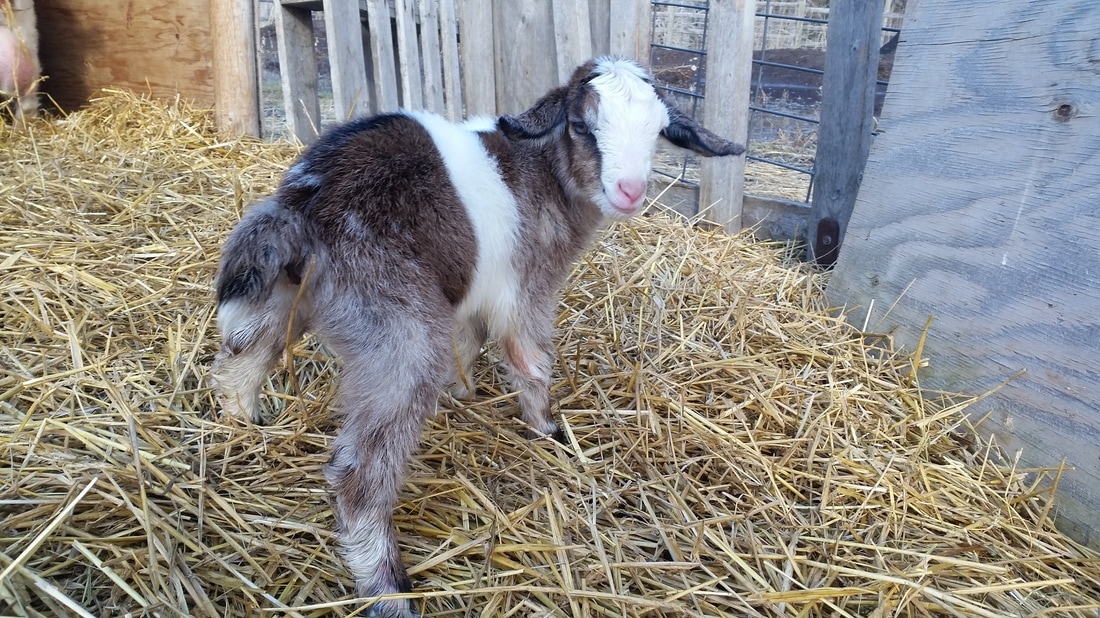
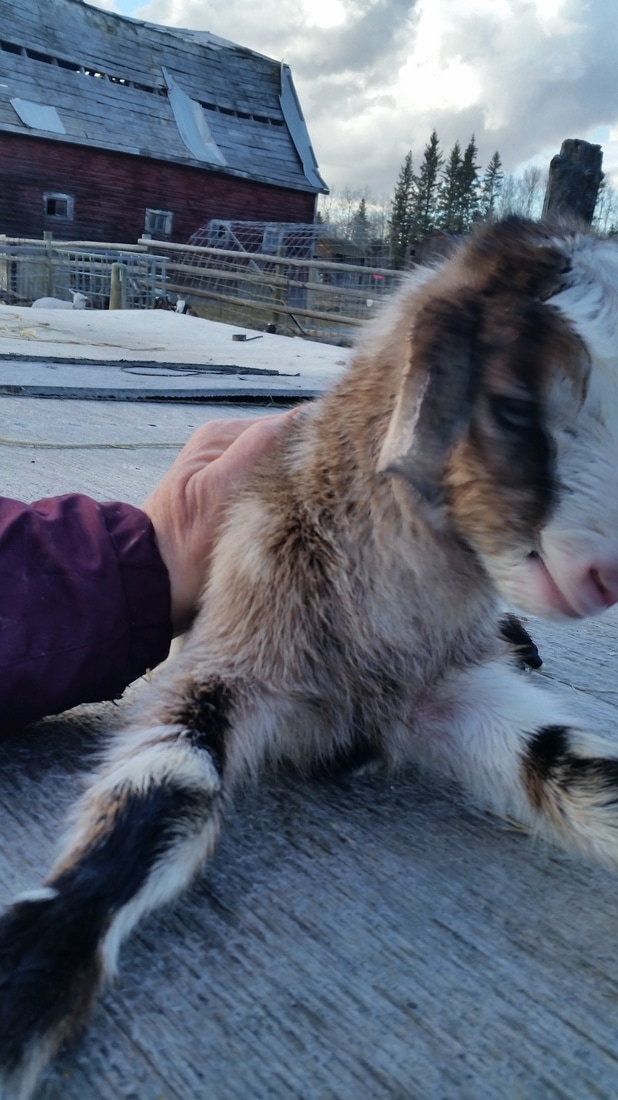
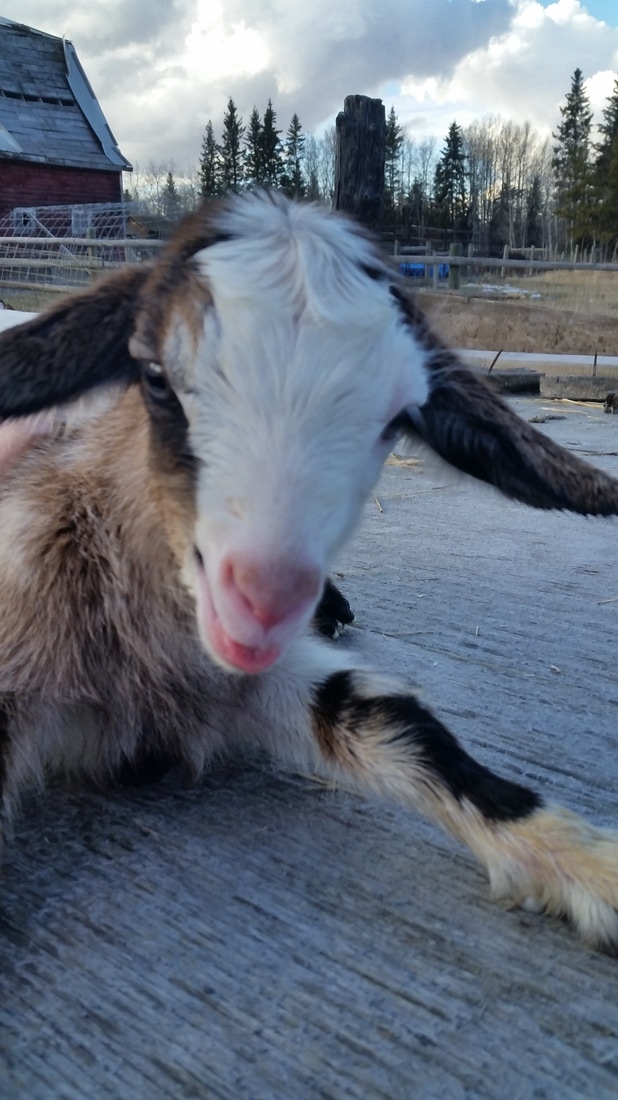
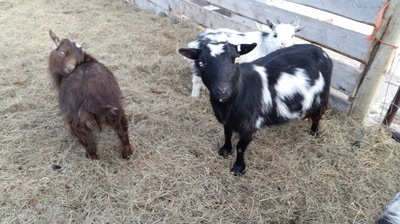
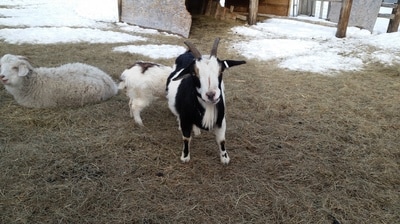
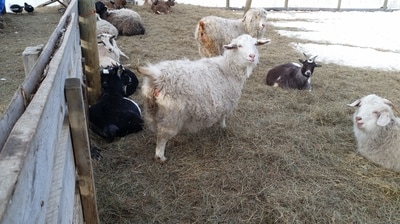
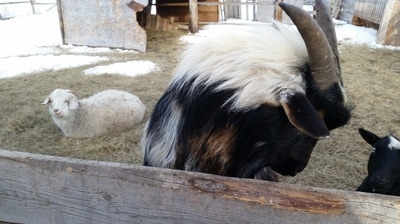
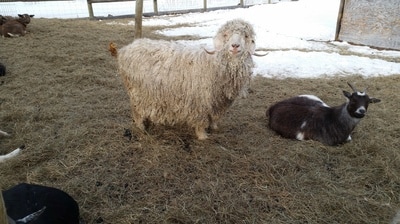
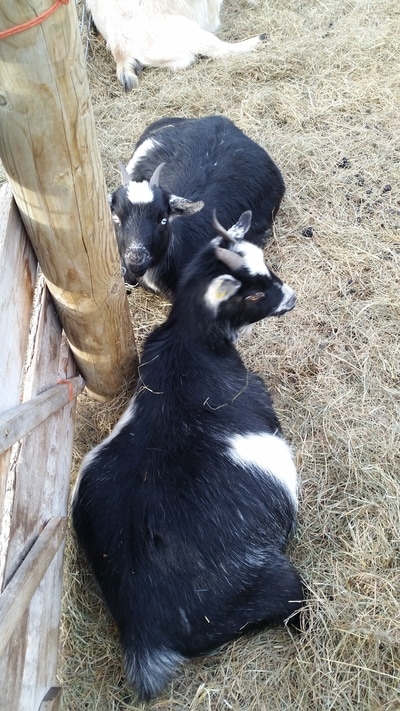
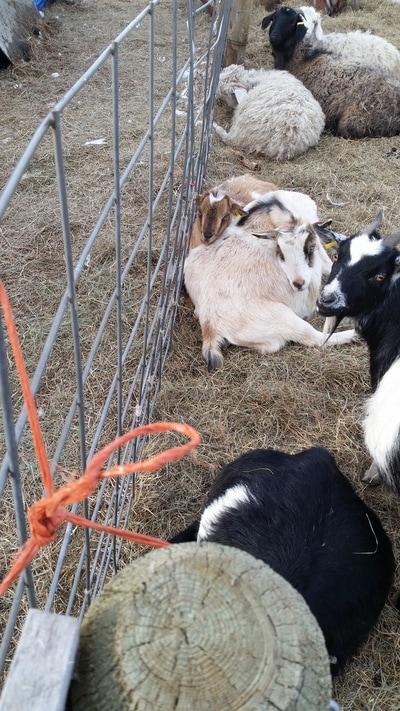
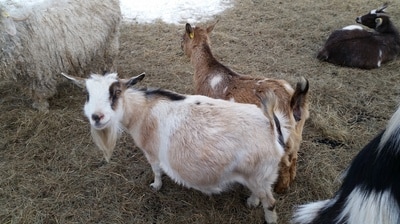

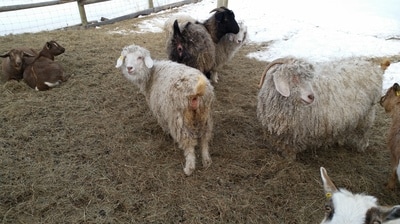
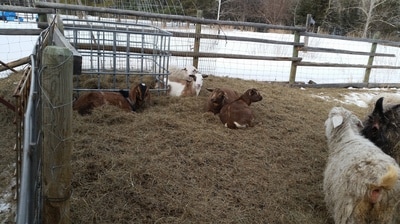
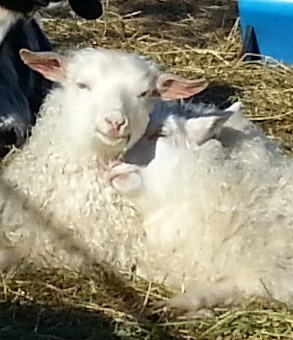
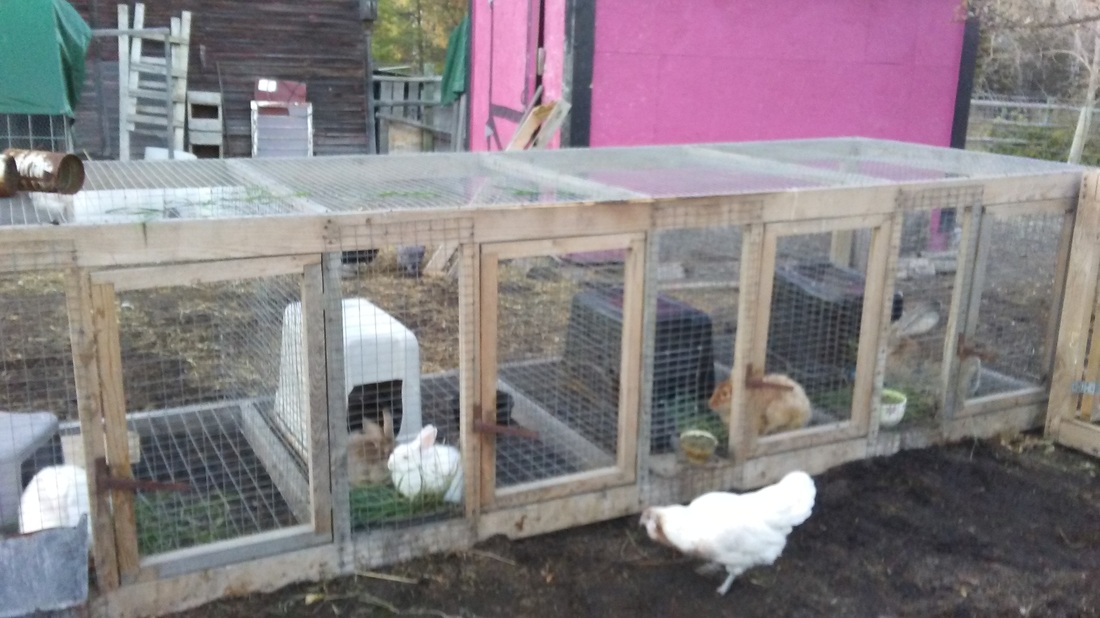
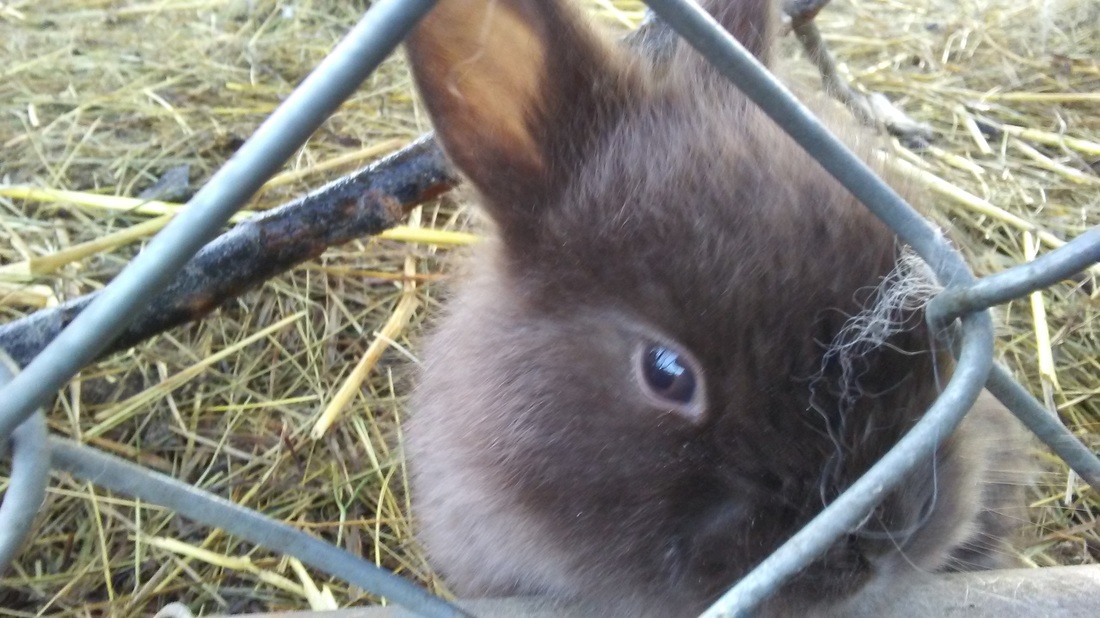
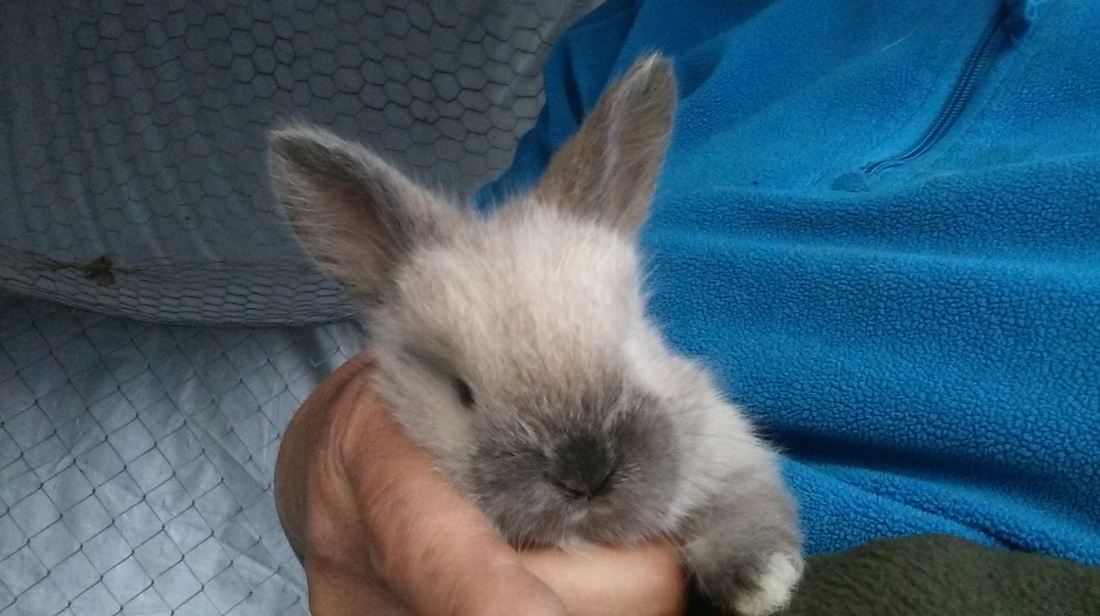
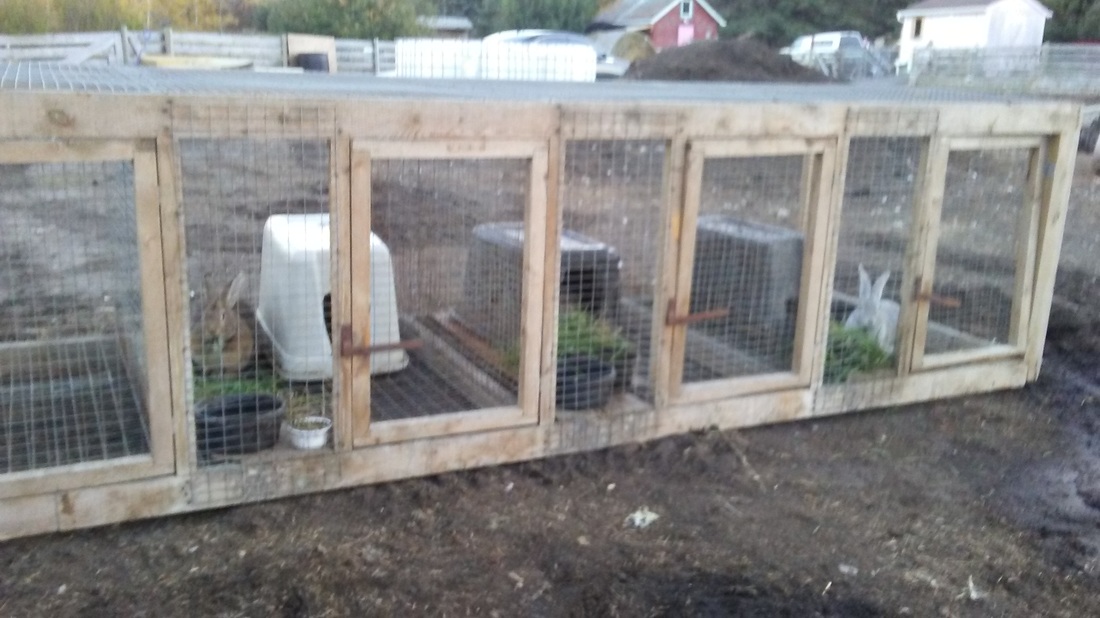
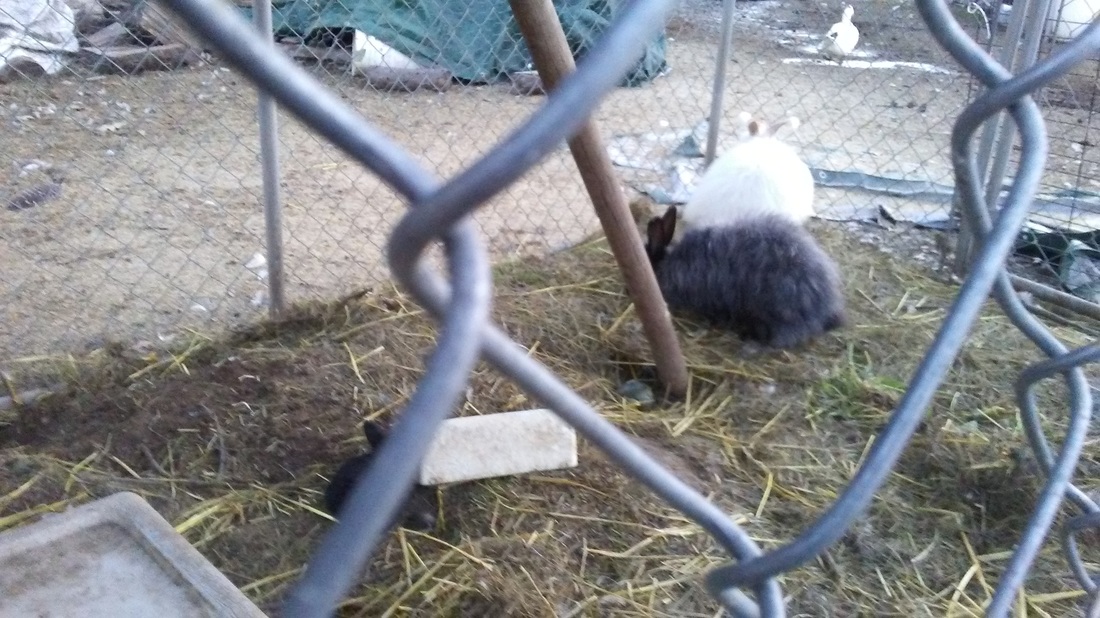
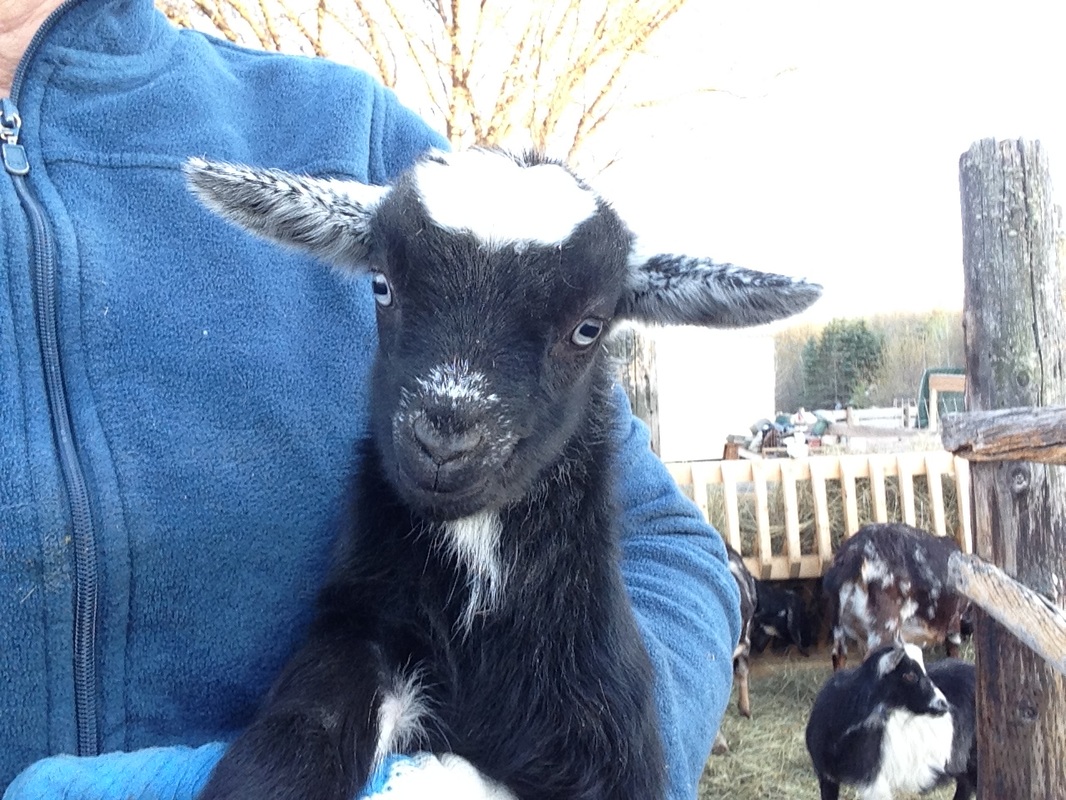
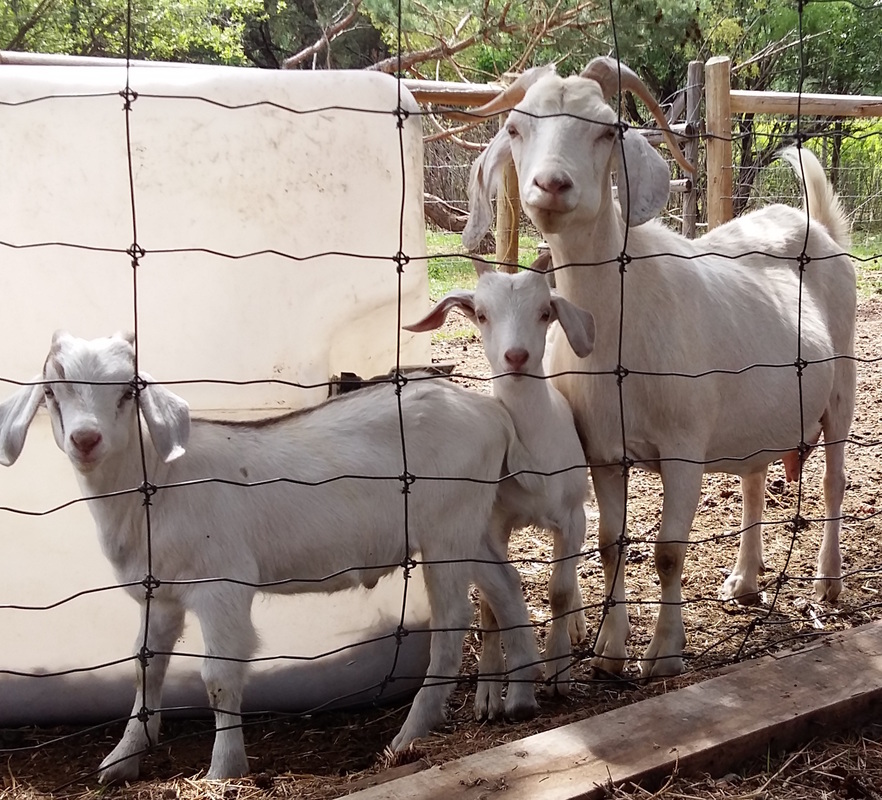
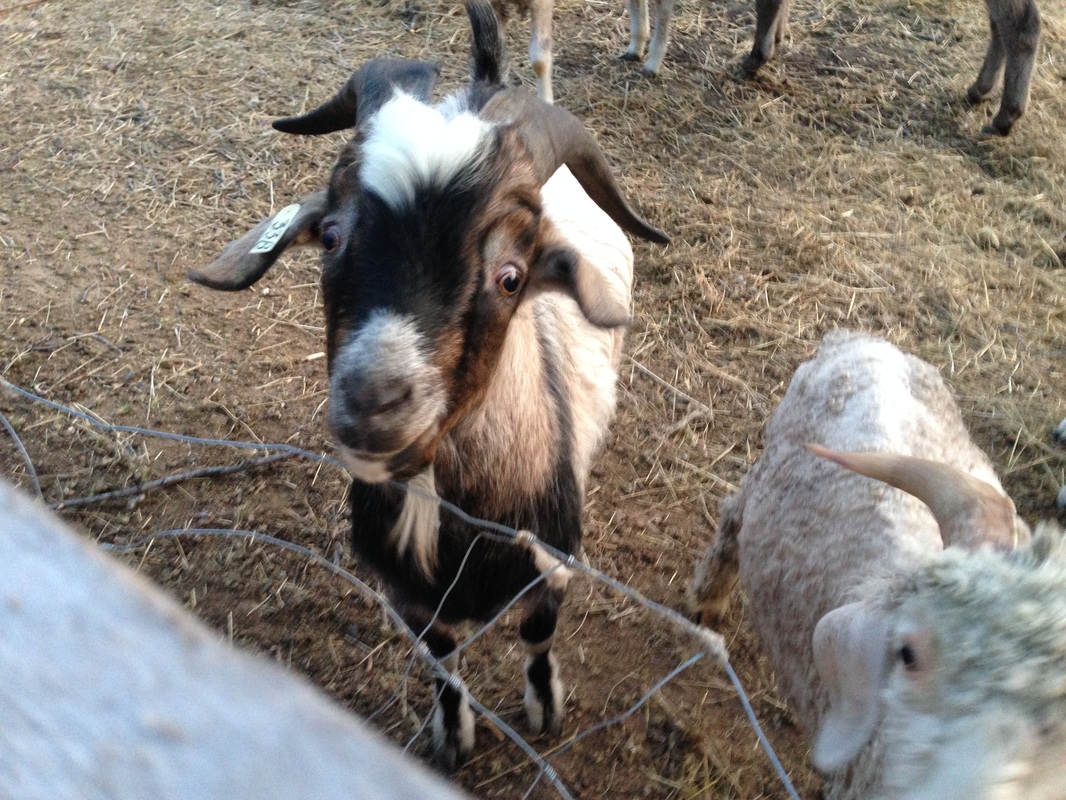
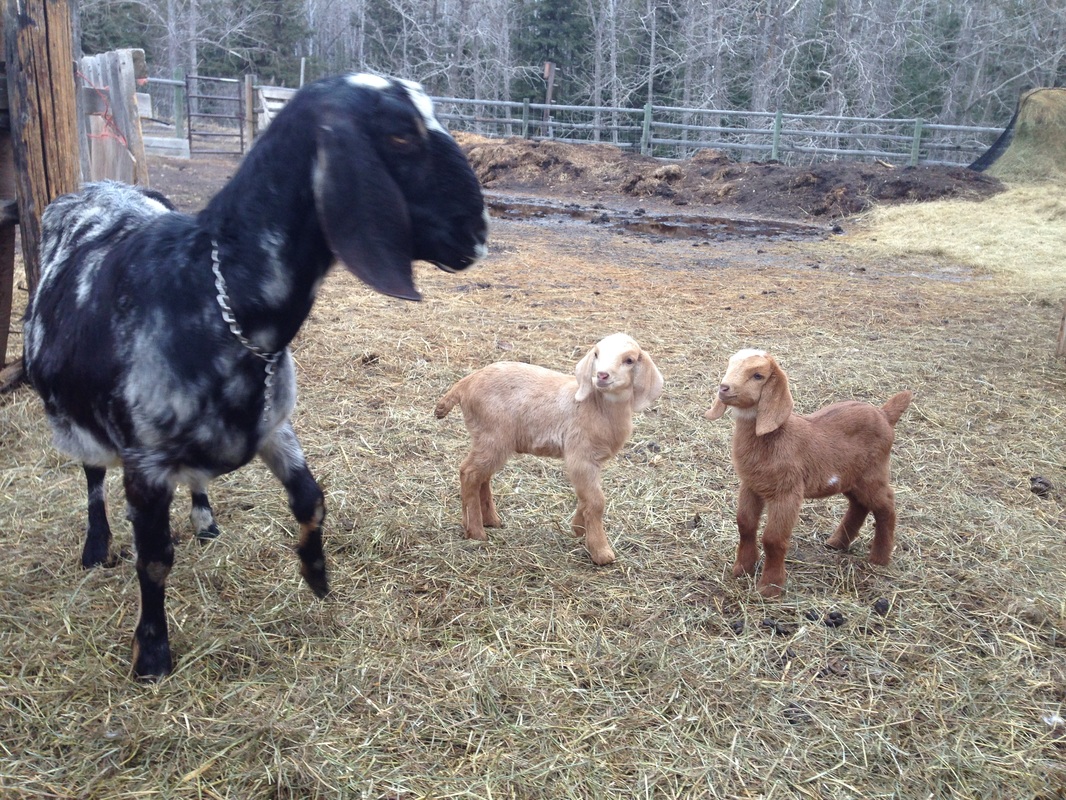
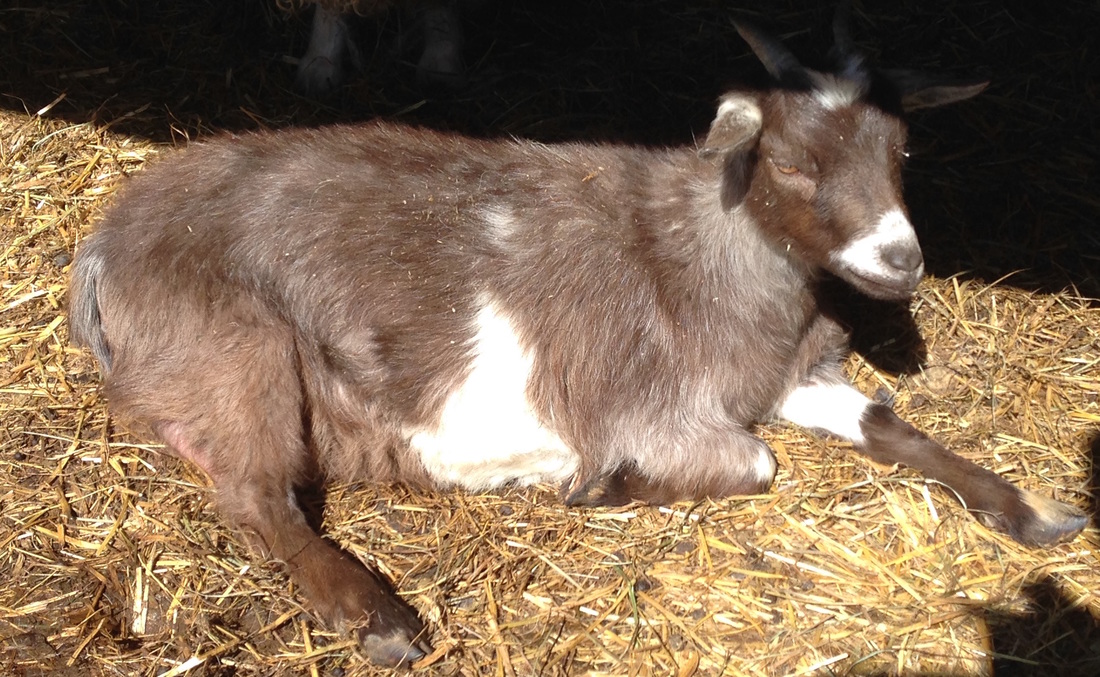
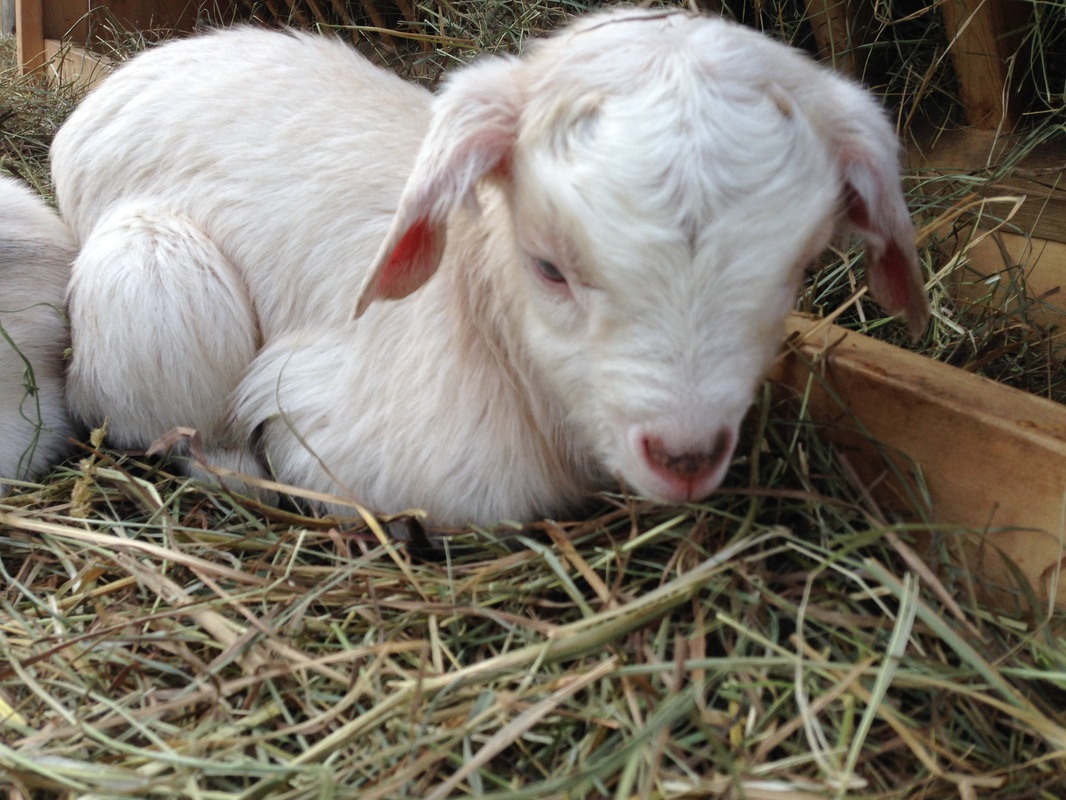
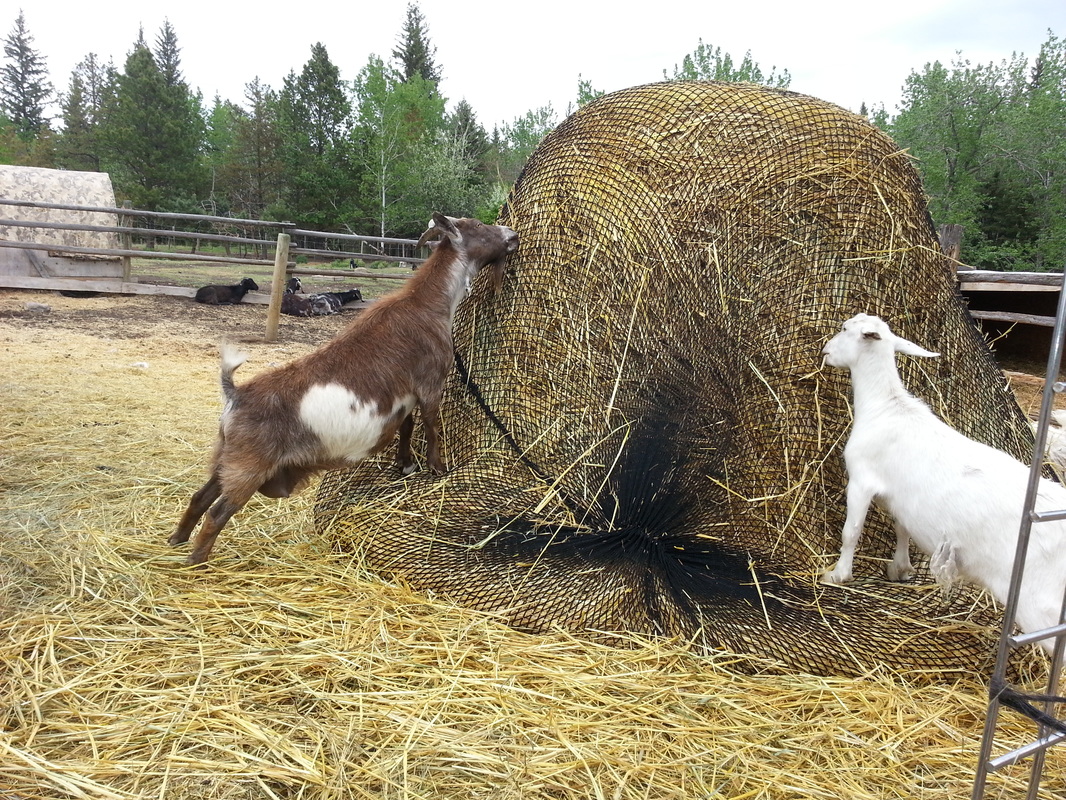
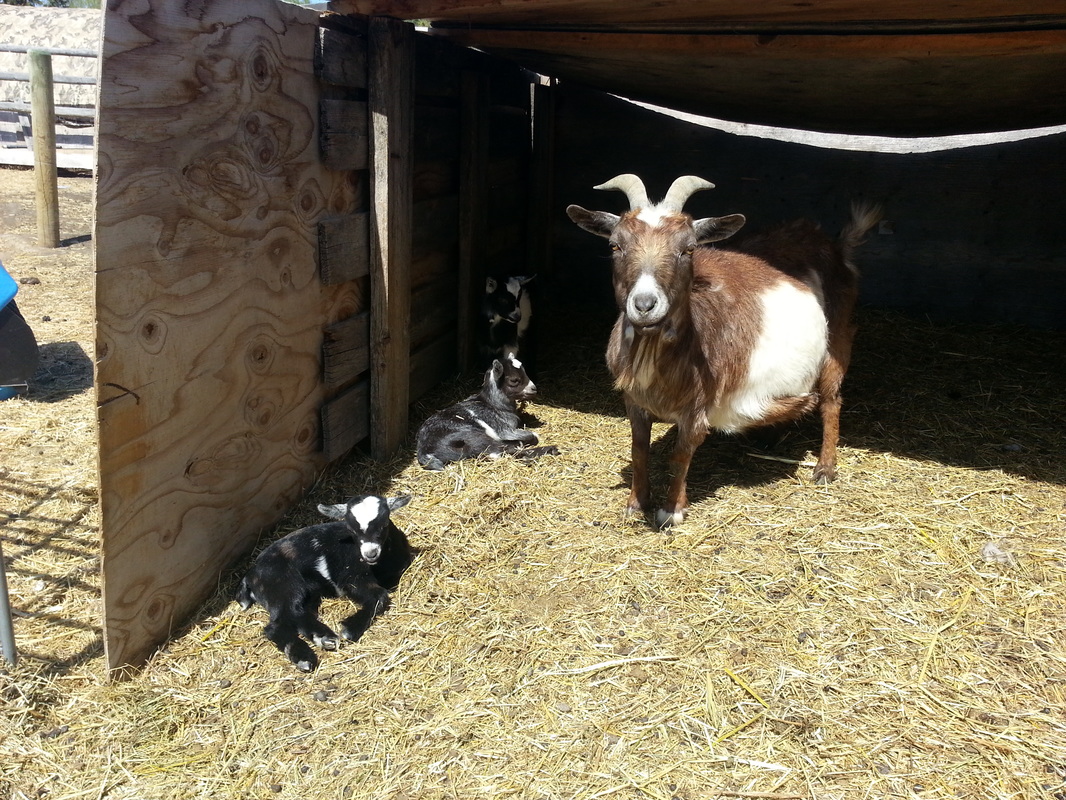
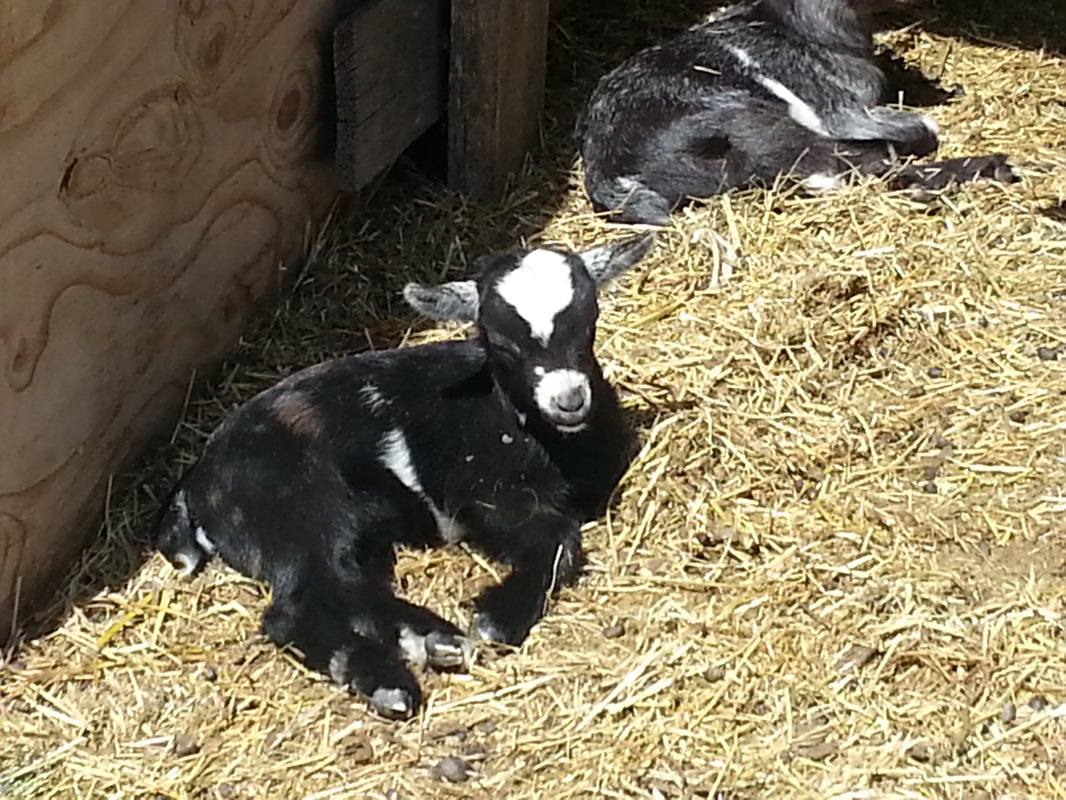
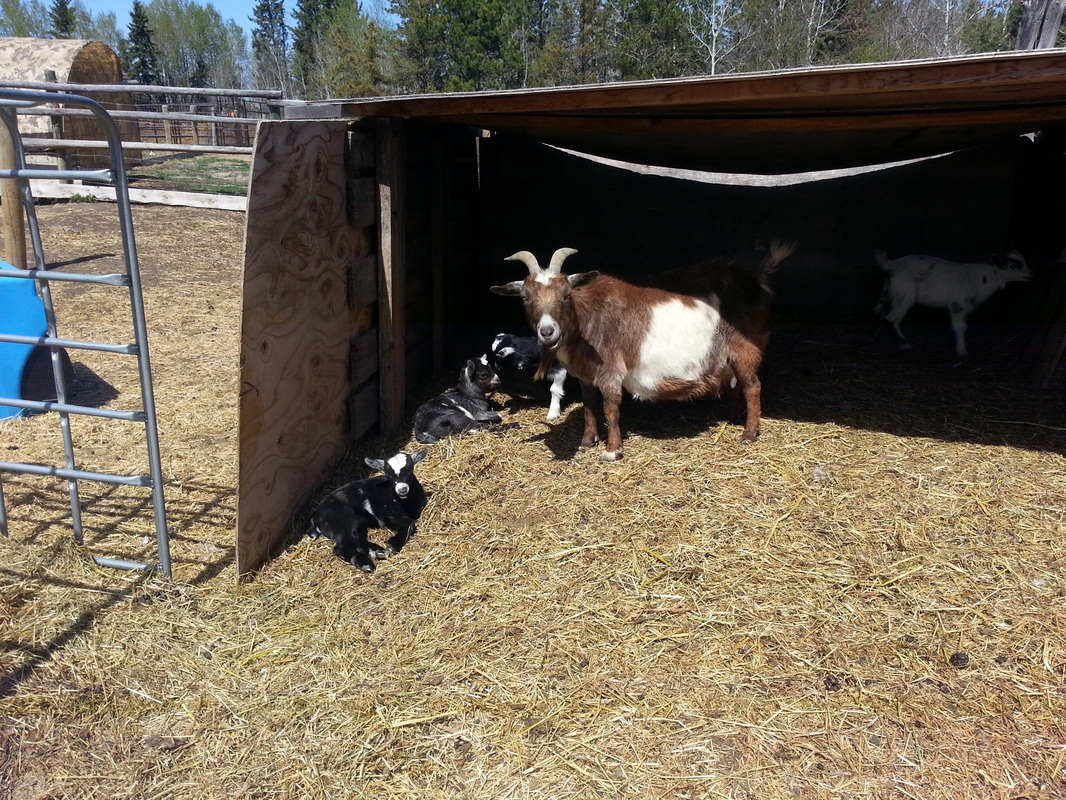
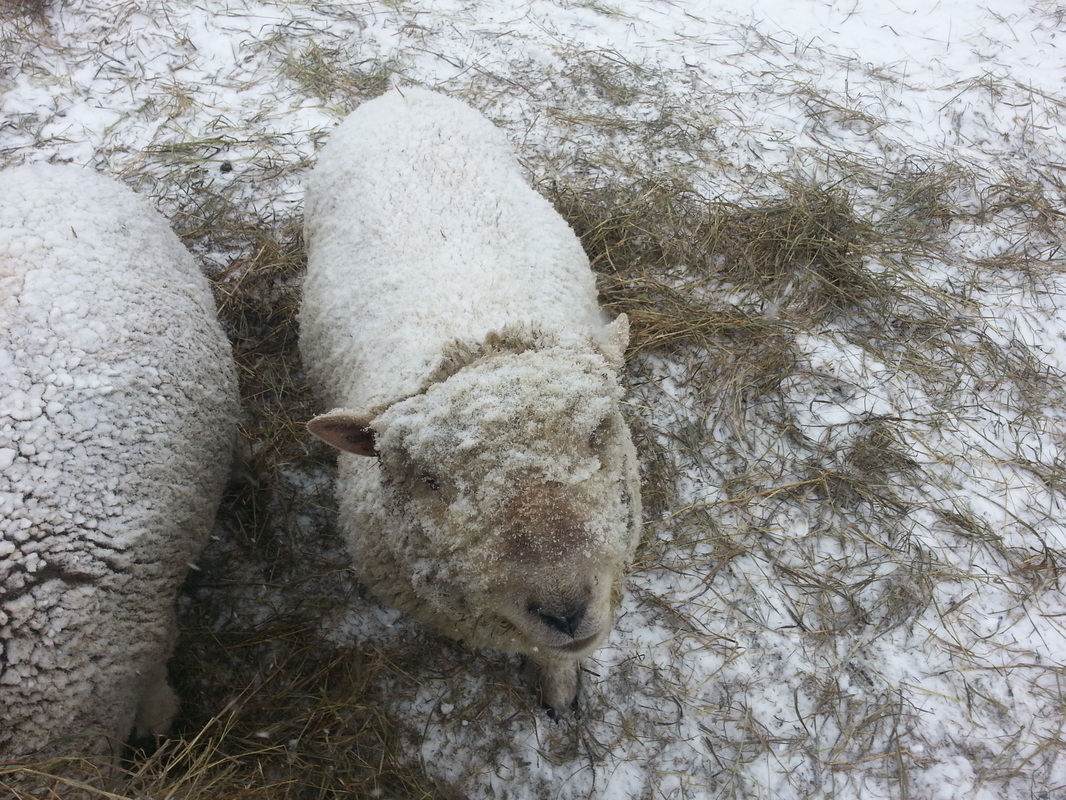
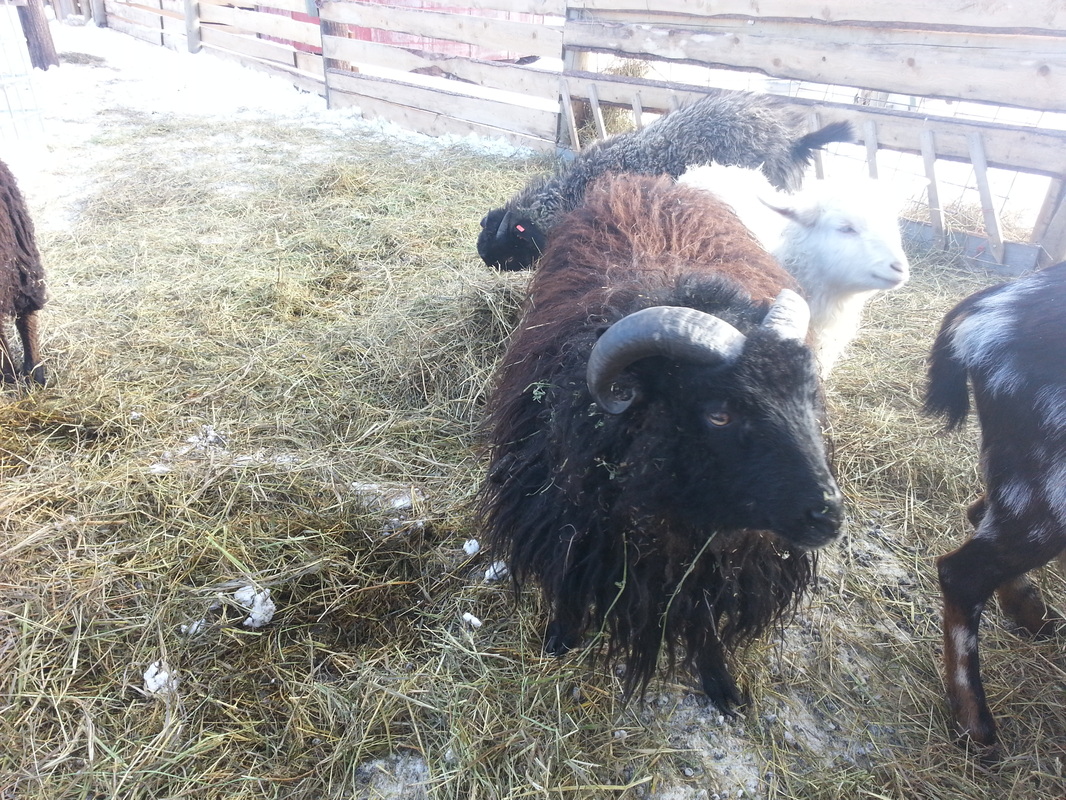
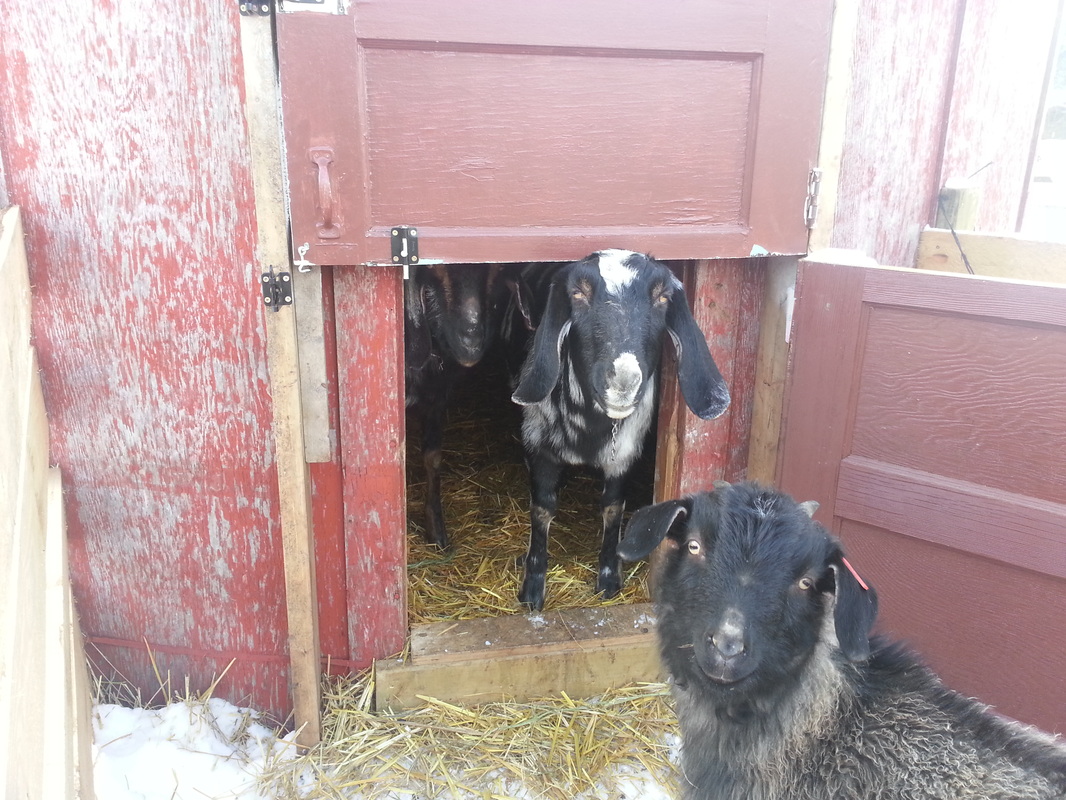
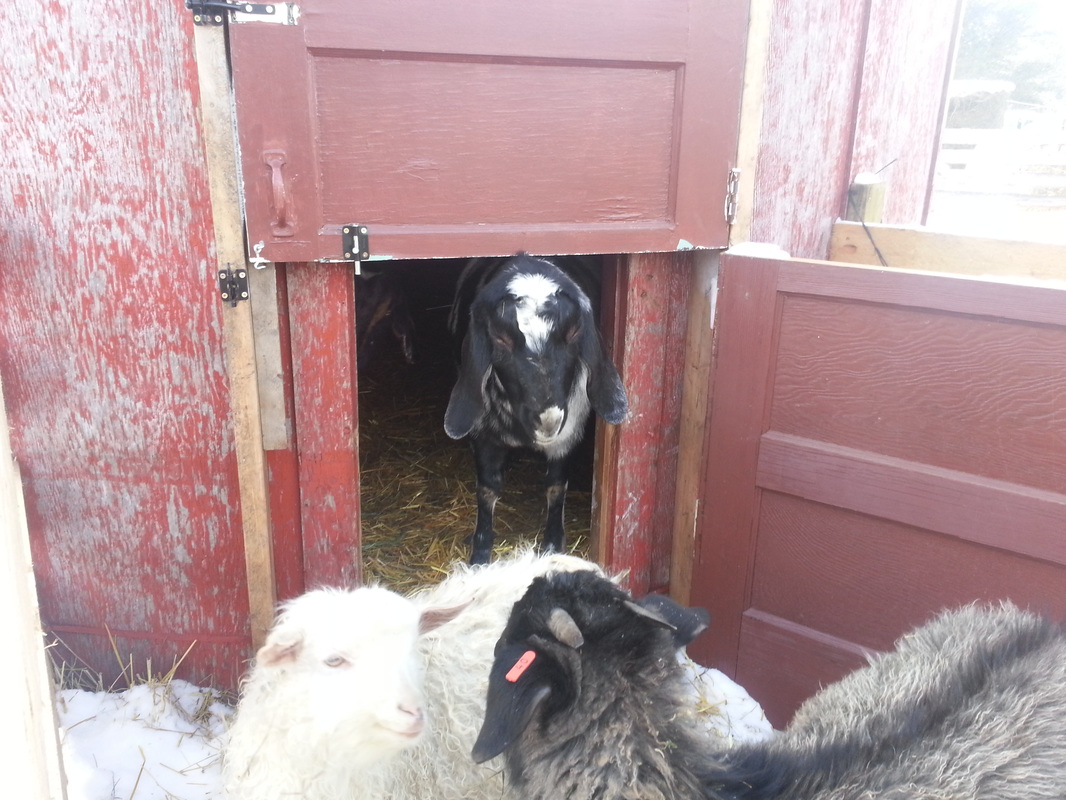
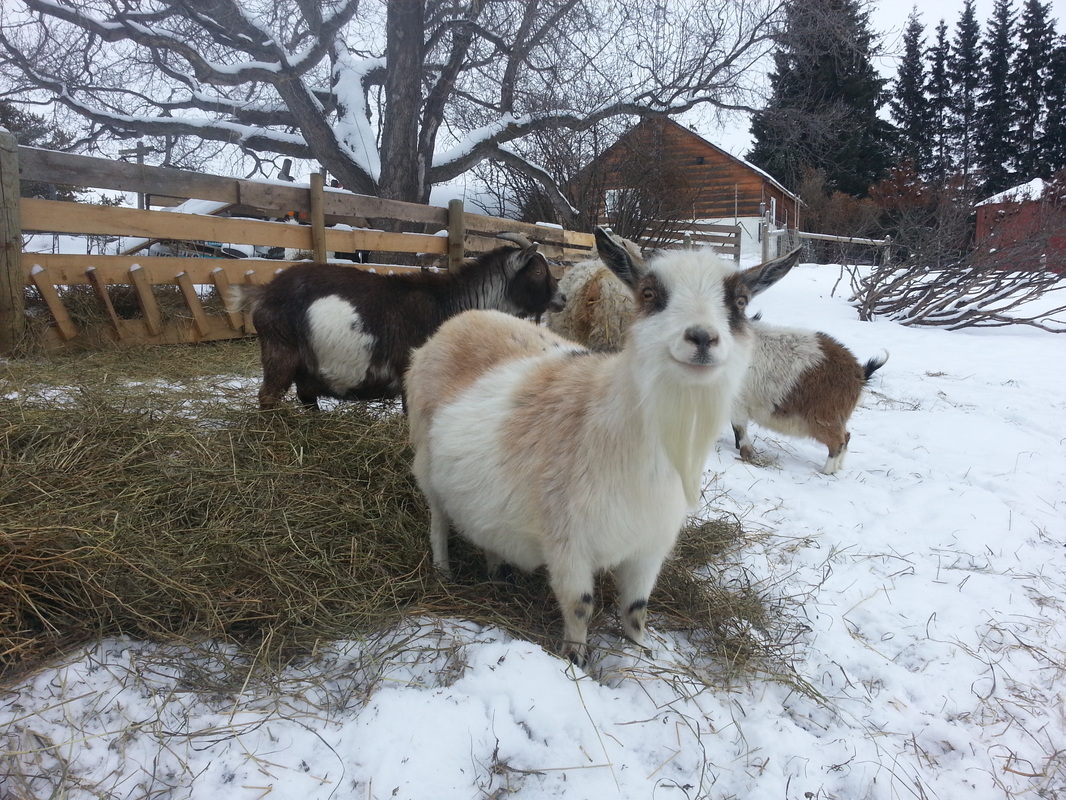
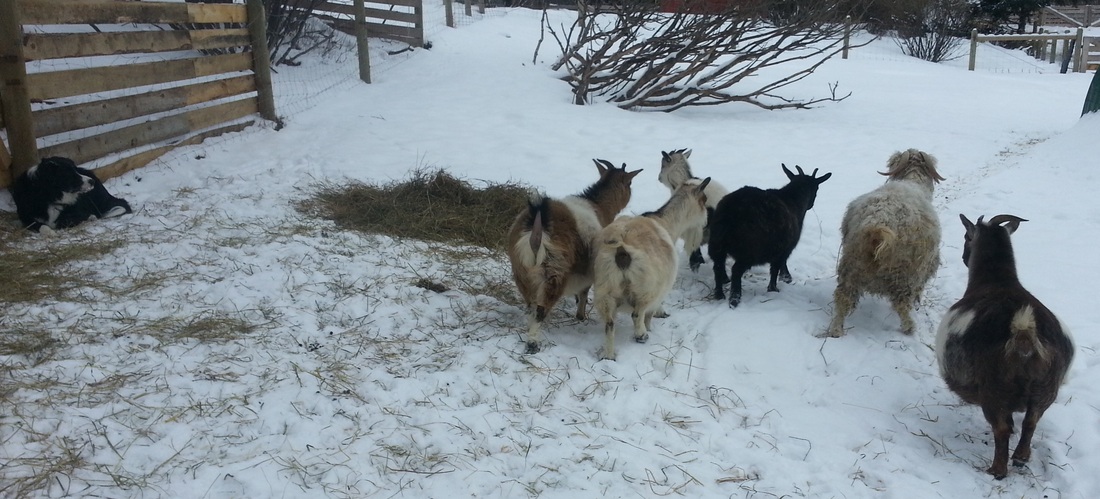
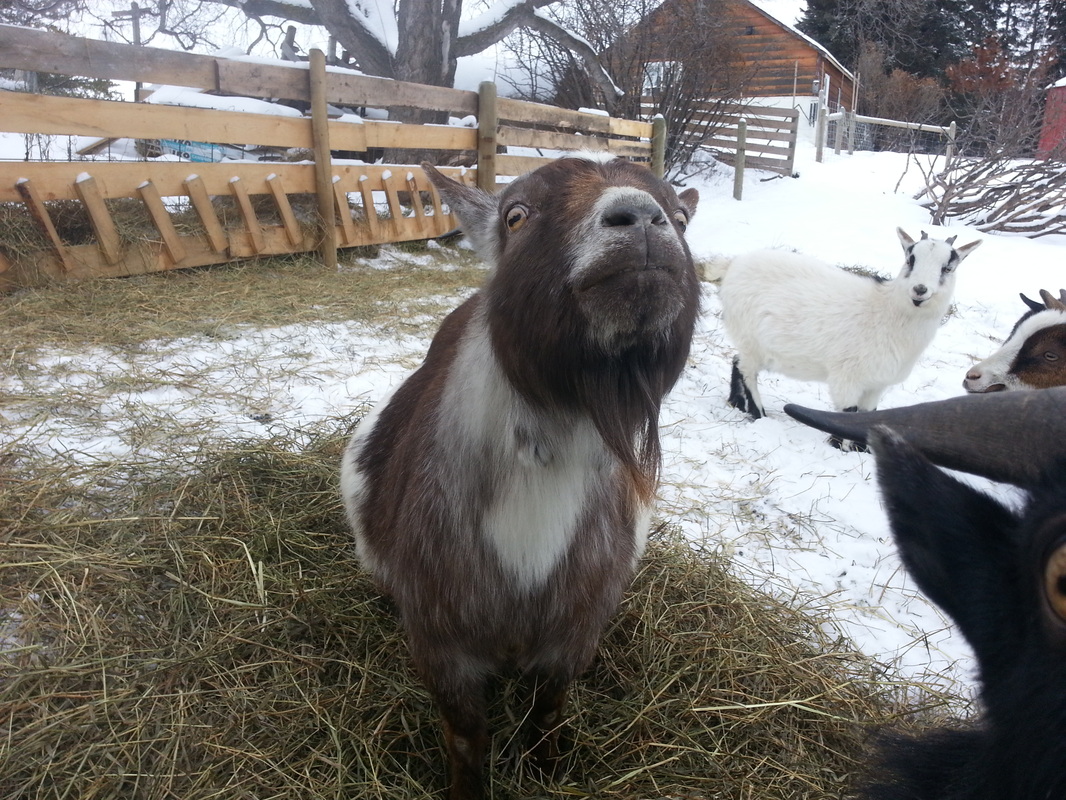
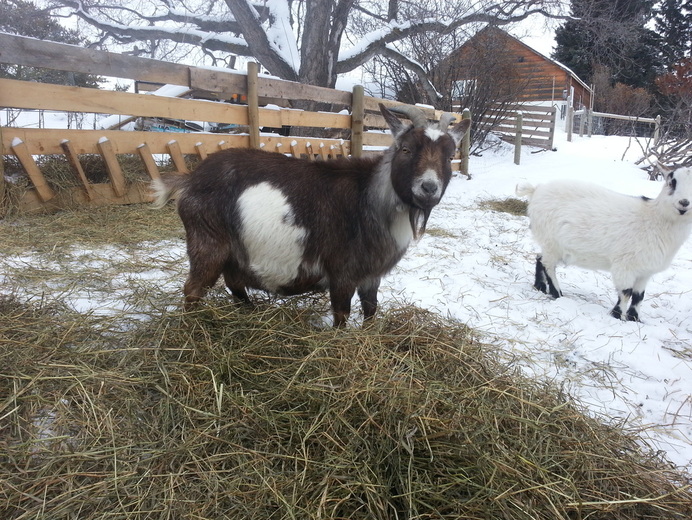
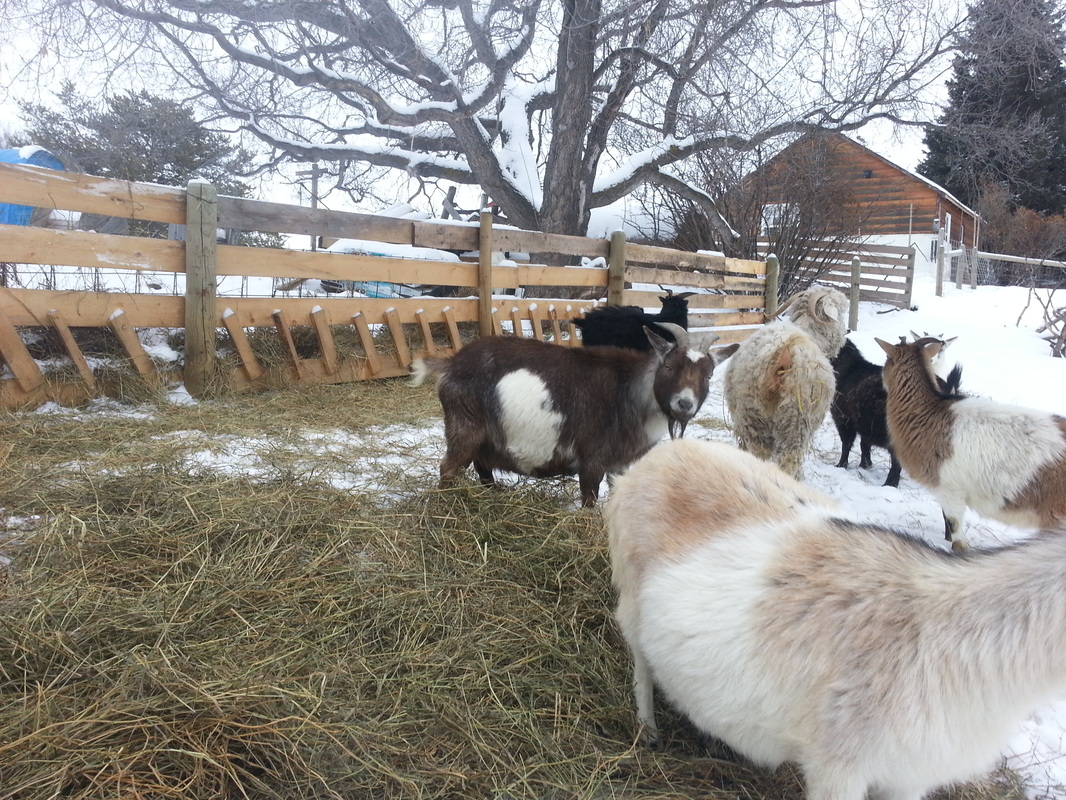
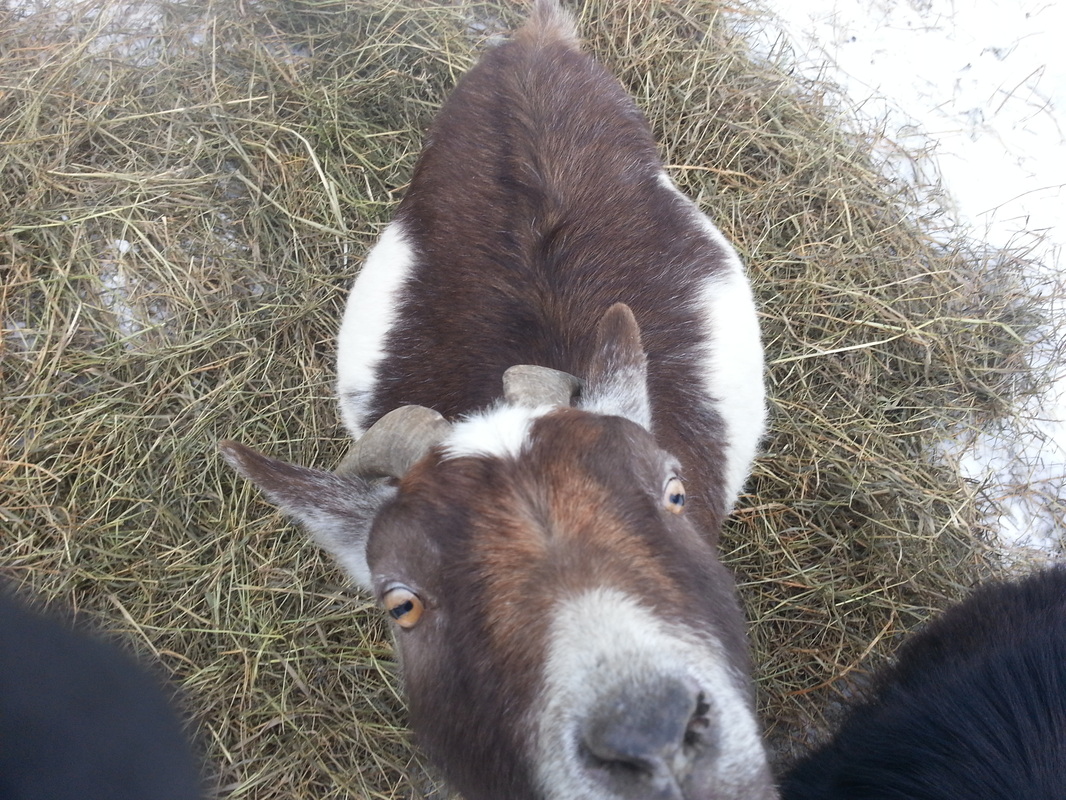
 RSS Feed
RSS Feed